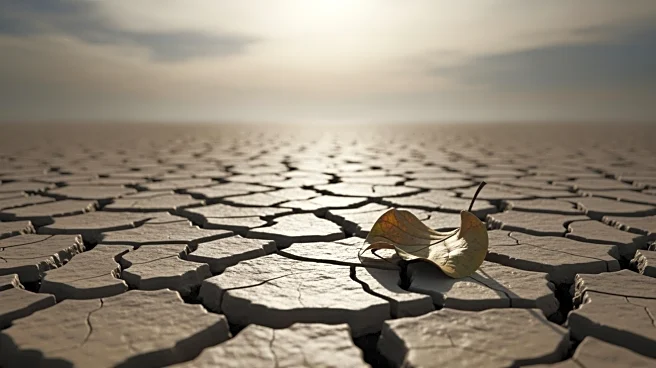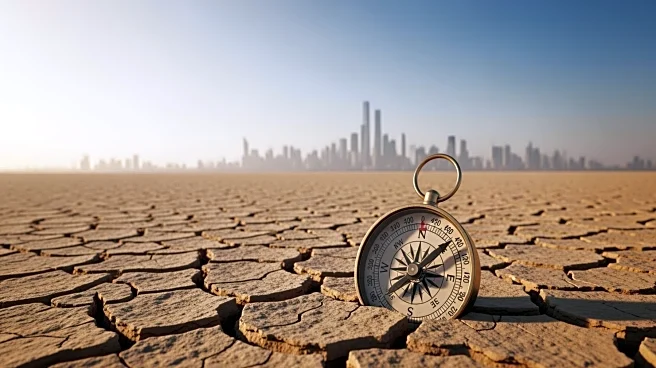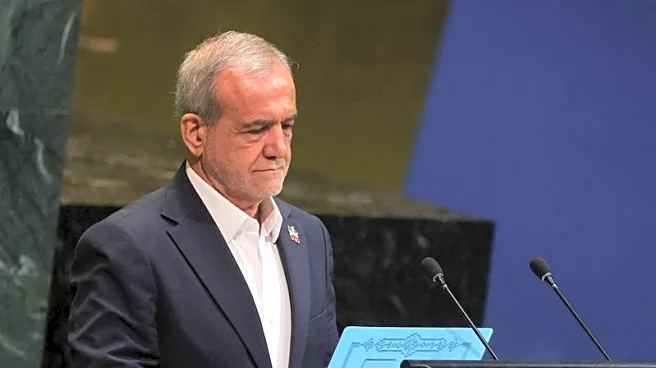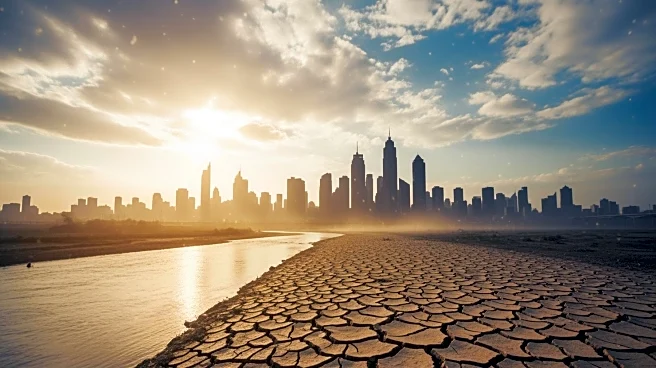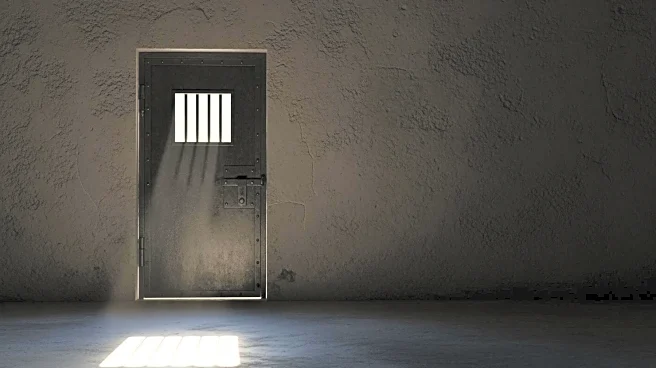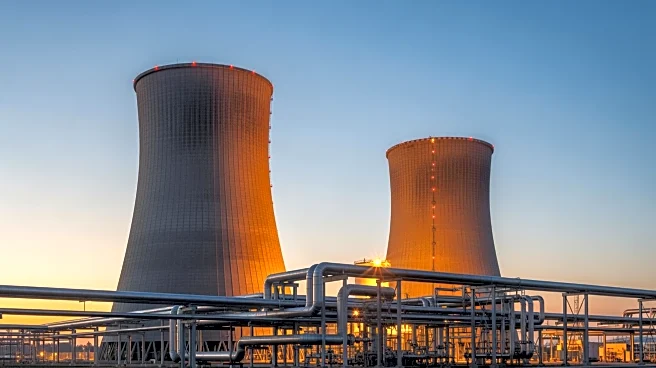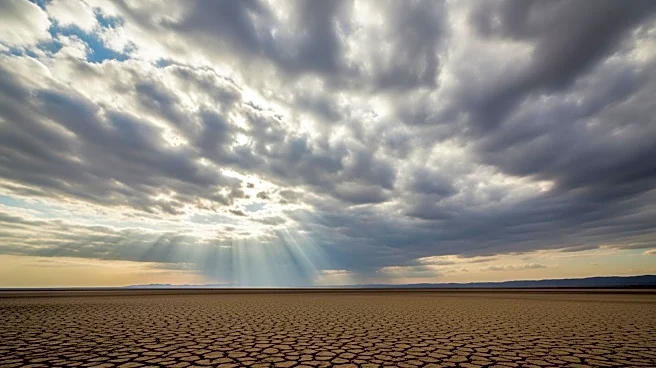What's Happening?
Iran is grappling with severe environmental challenges, including air pollution and water scarcity, which are exacerbating public frustration and political vulnerabilities. Tehran and other major cities
are experiencing hazardous air quality due to stagnant weather conditions trapping pollution. The crisis is compounded by energy shortages and drought, leading to periodic electricity rationing and water rationing in parts of Tehran. Iranian President Masoud Pezeshkian has suggested relocating the capital due to overcrowding and ecological strain. The environmental decline is affecting agriculture and daily life, with air pollution reportedly causing 161 deaths per day in the past Iranian calendar year.
Why It's Important?
The environmental crisis in Iran has significant implications for the country and the wider region. Diminishing water reserves and recurring pollution episodes are constraining agricultural output, raising concerns about food security in a region highly exposed to climate volatility. The pressures are contributing to periodic unrest in communities hardest hit by drought and declining services. The convergence of polluted air, shrinking water supplies, and mounting infrastructure strain illustrates how environmental decline can deepen economic hardship and sharpen political vulnerabilities, positioning Iran's crisis as a stark example of broader challenges confronting climate-stressed states across the Middle East.
What's Next?
Without systemic reforms, including modernized transport, cleaner fuel, expanded energy capacity, and upgraded water infrastructure, Tehran and other major cities are likely to face repeated hazardous air spikes, recurring water rationing, and mounting health, economic, and social pressures. The Iranian government may need to consider relocating the capital to alleviate overcrowding and ecological strain, as suggested by President Pezeshkian.
